Don't let tired legs destroy your pace in 2020. It’s frustrating when they do, since you’re usually not out of breath. Here are 6 ways you can keep your legs feeling fresh this year.
Prepare yourself before heading out the door
The best way to fight tired legs is never to get them. And that all comes down to a pre-run routine that’s tailored to you. You can try a couple of things:
Eat and drink before it’s absolutely necessary
Once you’re dehydrated and hungry, it could be too late to do anything about it. So you always need to think ahead. The
best time to eat and drink is when you’re feeling fine and running smoothly, not when you’re already suffering. In addition, make sure your magnesium and salt levels are maintained before running to avoid leg cramps. This is especially important if you sweat a lot.
Slow your rhythm
Once you feel your legs get tired, it’s no good keeping the same running style. You need to adjust to what your body is telling you in order to keep on running. In essence, go slower when you’re feeling tired. It’s better to start slower and finish strong, than to start faster and have to slow down. Or, even worse, be forced to walk
Let your body dictate the pace
Too many runners fall into the trap of deciding their pace before they set off. If you’ve had a hard week at work and you’ve not had enough sleep, then you might not be able to complete a fast run.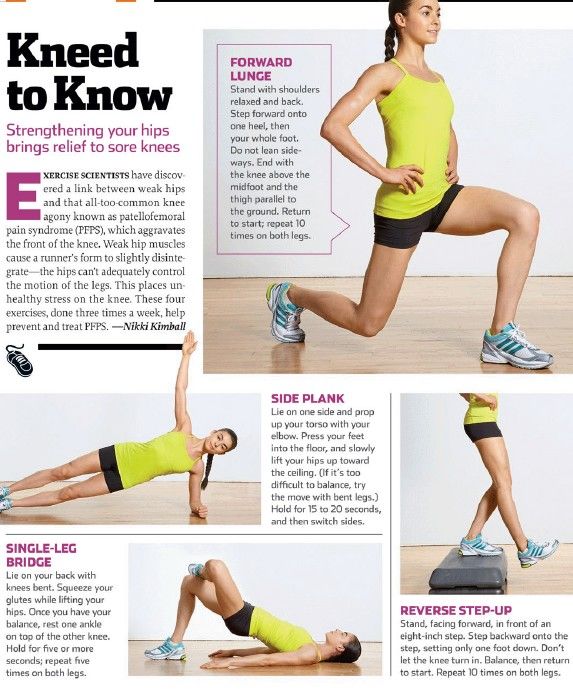 Know that your running schedule isn’t set in stone – if today needs to be a slow, steady run, you can move your fast run to next week.
Know that your running schedule isn’t set in stone – if today needs to be a slow, steady run, you can move your fast run to next week.
Run in the right gear
Make sure you are in the correct shoes for the terrain and type of run you're doing. However, don't fall for gimmicks. Much of the latest research from 2020 suggests things such as compression gear have no real benefits during running. *Read this piece by Dr David de Klerk and let us know what you think.
Listen to your heart
Try train with a heart rate monitor, and familiarise yourself with your heart rate so you know your limits. If you see your heart rate is too high during a race, take it down a gear. Your heartbeat per minute is good indicator of your exertion level. However, please be aware that your heart rate will be lower if you are fatigued from consecutive days of exercise
Change your focus…
When all else fails, you need to force yourself to think about anything else than your tired legs.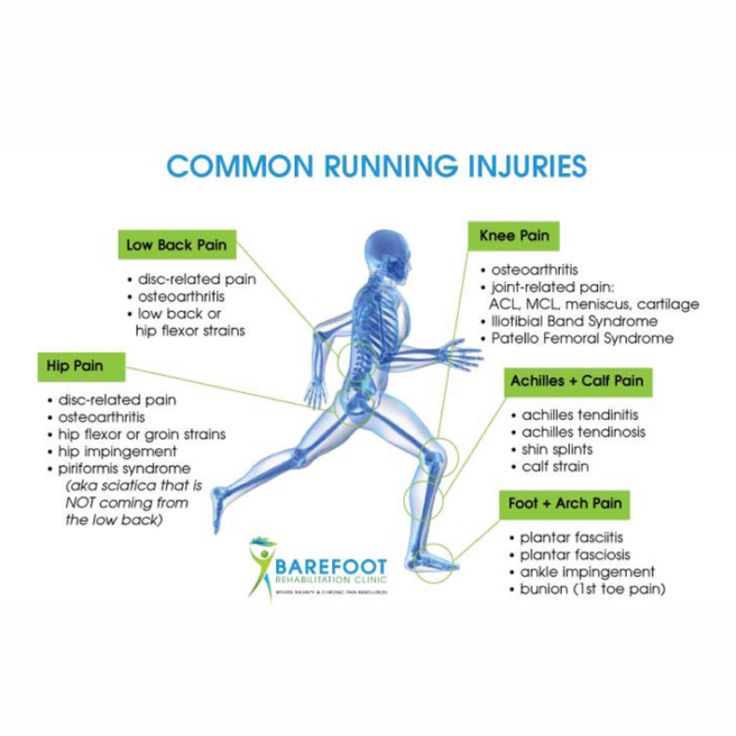 Keep setting yourself targets in the distance, so that you’re always running towards something and making the distance more manageable.
Keep setting yourself targets in the distance, so that you’re always running towards something and making the distance more manageable.
…but don’t ignore potential injuries
If your body is really hurting, you should stop and rest. You can do real damage if you ignore signs of injury, and it’s not worth putting your whole running routine at risk.
Why do my legs feel heavy when running?
There’s nothing worse than strapping on your running shoes early in the morning, convincing yourself you’ll feel healthy and empowered once you get started…only to suffer from tired and heavy legs throughout the run.
At first, you might think it’s because you’re tired or you’ve ‘fallen off the wagon’ with your training plan. But after several days of heavy legs that feel like lead when you’re running, you’re wondering if something else might be the culprit.
And it just might be.
In this article, we’ve outlined 7 common causes of heavy legs when running and how to fix them.
Work your way through the list, and see if any of these might be true for you.
There are many reasons why avoiding bad running form is important. Good running form improves your running efficiency, helps you to run faster, and reduces the chance of injury.
Take note of the first point here.
If your body is not using energy efficiently due to poor running form, it not only makes you slower; it also tires you out faster, meaning your legs are more likely to feel heavy. Therefore, maintaining good running form can prevent you from fatiguing too quickly and reduce the chance of tired legs when running, as your body is working more efficiently.
You can read our guide on proper running form here, but here are a few indicators of poor posture to watch out for that could help overcome heavy legs when running:
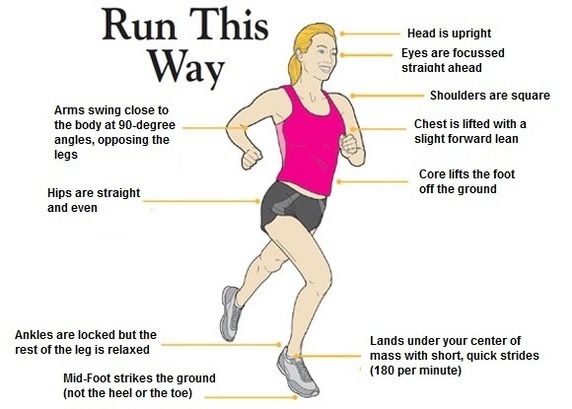 Instead, bend your knee slightly, take a shorter stride, and keep the leg closer to the ground. Focus on getting a higher running cadence.
Instead, bend your knee slightly, take a shorter stride, and keep the leg closer to the ground. Focus on getting a higher running cadence.Strength training with weights is an important aspect of training for many runners. You need that core and leg strength to keep your body doing its job – especially when running uphill.
In fact, there’s more to a strong core than meets the eye. Many people think the core is just the abdominal muscles. But the true core is all the muscles that support your spine and hold it upright: the hips, pelvic floor, diaphragm, and – finally – the rectus abdominus and obliques.
Keeping these muscles strong is essential to good running form and your health in general… but lower body strength training can be overdone, resulting in stiff legs that feel like lead when you run.
If you’re strength training as part of your training (which we highly recommend), then our head coach Thomas Watson recommends the following:
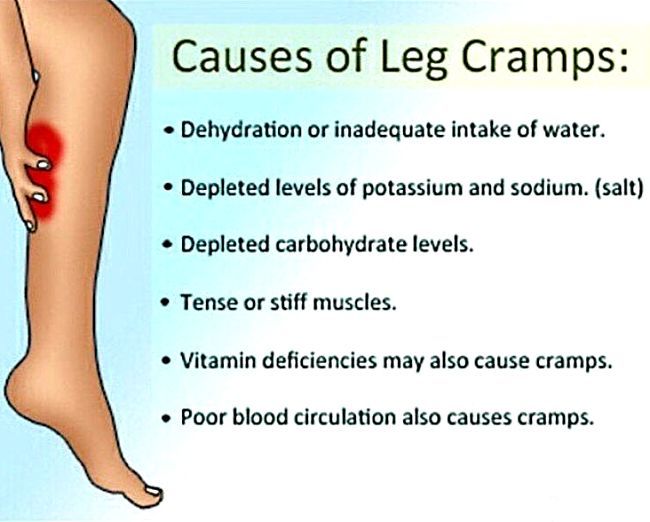 During the 2-3 days following a heavy leg session at the gym, expect your running performance to be impeded.
During the 2-3 days following a heavy leg session at the gym, expect your running performance to be impeded.In particular, if you have heavy and tired legs when running but you’re not out of breath, this may be the cause, as the root of the problem isn’t cardio related, but rather due to your muscles being tired and repairing themselves.
If you’re in the off-season and keeping in shape for training season, that’s when you want to focus on building up those core and leg muscles.
 Overtraining
OvertrainingIf you love to push your limits and work hard, you’re not alone!
It can be exciting to see yourself achieving new goals and watching your body transform. But overdoing it is detrimental in the long term, and overtraining often causes heavy legs while running.
In particular, if you find yourself with tired and heavy legs when running but you’re not out of breath, or you feel that you could run further but your legs are aching too much, overtraining is a very common cause. This is due to the fact that your joints and bones strengthen at a slower rate than your cardio fitness improves.
Overtraining is also more likely to be a cause of tired legs when running if you are a beginner runner or are just starting out.
Cardio-wise, you might be capable of running 10k, but if your legs haven’t had a chance to strengthen, you shouldn’t be running that far regularly.
Minor running injuries fall under the category of overtraining as well.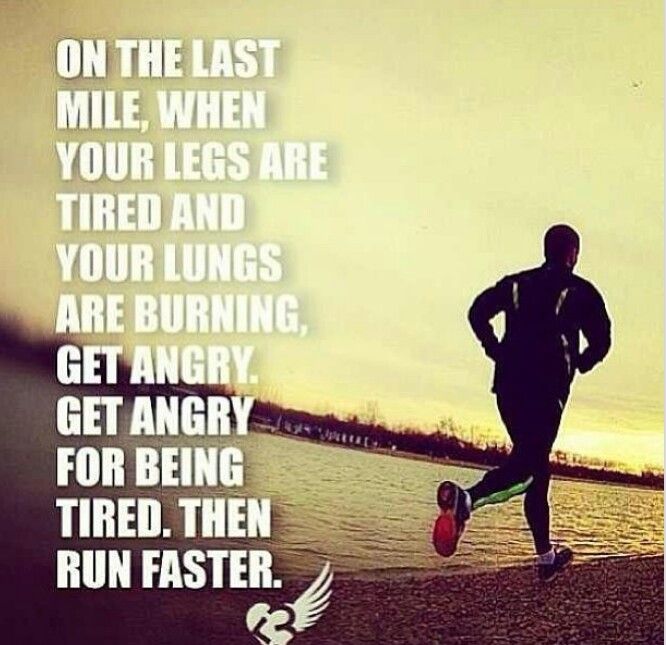 If overtraining, you may find that your legs stiffen up whilst you run, as they are still healing.
If overtraining, you may find that your legs stiffen up whilst you run, as they are still healing.
If you feel any strains, sprains, or leg fractures, it’s important to rest and allow them to heal – don’t ignore them! Research has shown that quick redressal of leg fractures helps faster recovery.
In order to fix heavy legs from running due to overtraining, the key is to rest and don’t increase the intensity or duration of your runs too quickly. It’s always best to follow a professional training plan.
There are two food/fuel deficiencies that often cause heavy legs.
Complex carbohydrates are especially important during long-distance runs. When running a shorter distance, your body starts by converting fat into energy.
But the energy stores there quickly run out, and the body then turns to carbohydrates for more endurance. If there are not enough carbs there, the body then isn’t able to keep up the necessary levels of oxygen to convert to energy, which causes fatigue and heavy legs as the muscles in your legs don’t have enough fuel.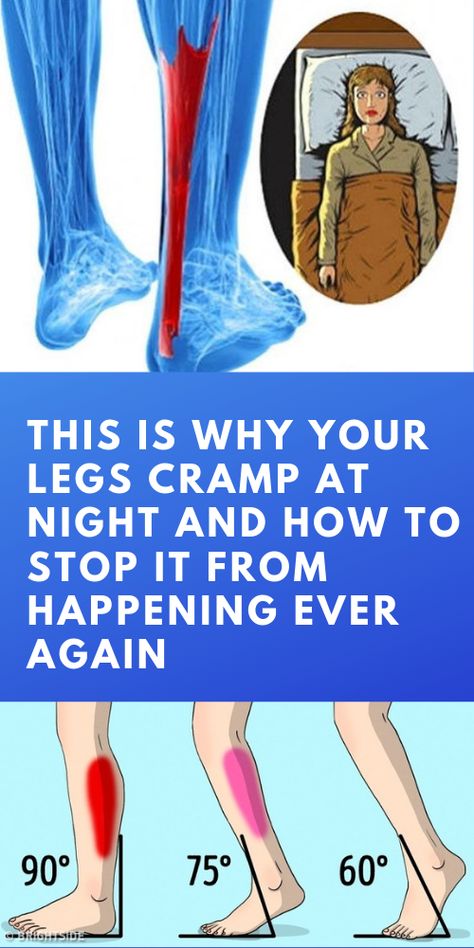
Related: Carb Loading for Runners
Iron is another important part of the energy-making process during running. Iron helps your blood pump oxygen into the muscles, which then convert it to energy.
You’re most likely to lack sufficient iron if you tend to experience anemia due to any pre-existing medical condition, or if you’re a woman on your cycle and are losing more-than-usual amounts of blood.
Here are some iron-rich foods you can eat to combat low iron levels:
 Dehydration
DehydrationWe know that keeping hydrated is important during a run in order to replace all the fluids you lose in the process. When you sweat, you need water to carry important nutrients through your body to help with the energy process.
Since 50-60% of your body is made up of water, it’s no wonder you might feel fatigued and have trouble with heavy legs when you’re dehydrated.
In fact, your muscles can actually cramp up and fail to work properly when dehydrated, again resulting in tired legs when running.
In order to prevent and overcome dehydration-induced heavy legs when running, make sure to drink sufficient water and maybe try some electrolyte-based solutions.
Before you started running long distances, you probably had no trouble functioning on very few hours of sleep. The CDC says that 1 in 3 people don’t get enough sleep.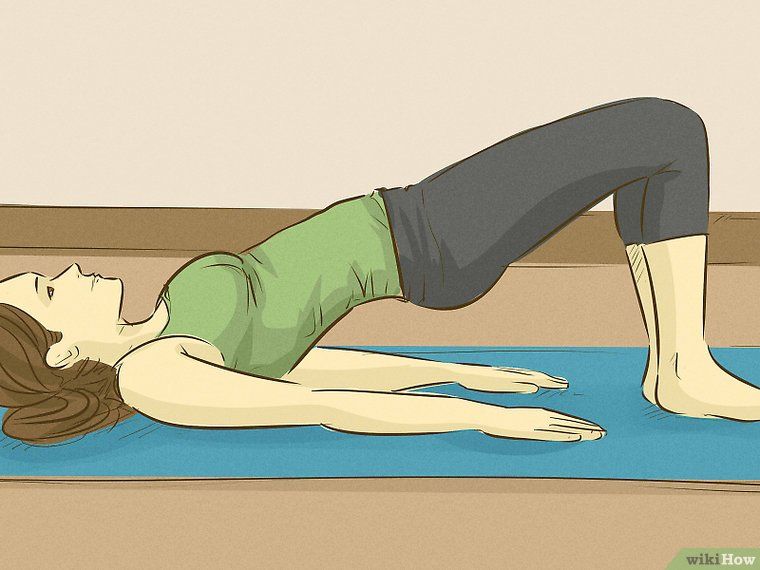
While our bodies do adapt to our current situations (hence, the ‘built-in alarm clock,’ that helps you wake up naturally when you’ve been getting up at the same time for many days), there’s a limit to how much you should force your body to adapt.
Especially when it comes to running.
Sufficient sleep enhances your running performance, while lack of sleep causes drowsiness, lack of mental stamina, and (you guessed it) heavy legs.
By now, you’ve probably noticed a consistent theme throughout this article: energy.
When you get heavy legs running, the cause is often tied to a lack of energy production in your body.
Determining the cause of your heavy legs is ultimately a matter of finding out where your body is missing the fuel it needs to produce energy.
Drs. Michael Joyner and Darren Casey discuss the effects that high-intensity exercise has on your blood circulation:
As you run, your blood pumps oxygen into the muscles to convert it into energy. Overtime (during a long-distance run), the heart and lungs have a hard time getting enough blood to those muscles to meet the high demand. When not enough blood circulates into those muscles, there is not enough oxygen to convert into energy.
Overtime (during a long-distance run), the heart and lungs have a hard time getting enough blood to those muscles to meet the high demand. When not enough blood circulates into those muscles, there is not enough oxygen to convert into energy.
Usually, this means you’re over-exerting yourself and are trying to run longer distances than your body can handle. In this case, you need to work on cross-training and strength training, so that your muscles have the capacity to convert the necessary amount of oxygen.
When you started running, you might have thought stability was the most important aspect to watch out for. But if you typically run on flat, paved surfaces, try running with a lighter shoe.
You’ll also want a shoe that offers some mobility, so your feet and legs can move together, offering you a better range of motion.
If you’ve been wondering, ‘Why do my legs feel heavy when I run?’, and you now suspect your running shoe might be the culprit, read this guide on choosing the right running shoes for you.
230 shares
How many times have you gone for a run and felt very heavy in your legs? This is easy enough to avoid. Recovery after running is a matter of habit and discipline. Just do the right thing between workouts and you'll have even more fun running and improve your performance.
If you have eaten heavily, then postpone training for three hours, at least. From what you eat right before the run, almost nothing will have time to give you energy. If you really want to eat, then eat a banana, a few tablespoons of peanut butter, or a handful of dried fruits.
Drink at least 200-300 ml of water 30 minutes before your run to prevent dehydration. If you're running more than 10km, then it makes sense to bring a bottle of water with you or plan your route so that you can stop and drink.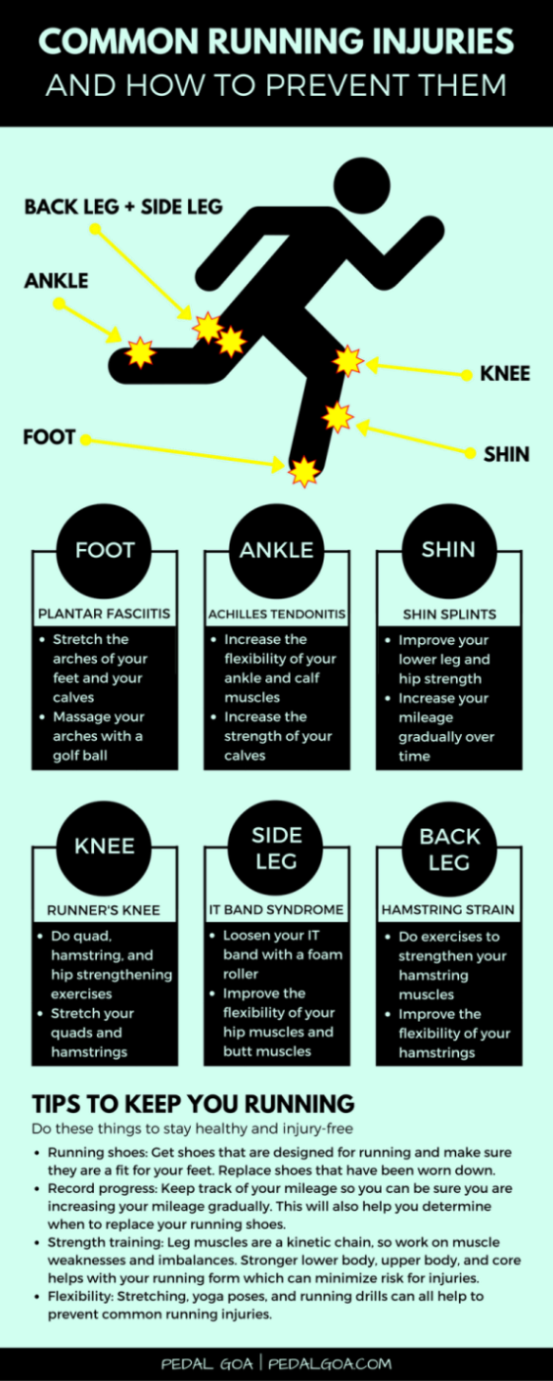 Having enough fluid in your body will protect your legs from cramps when you run, especially in hot weather.
Having enough fluid in your body will protect your legs from cramps when you run, especially in hot weather.
You may be tempted to do a very vigorous warm up before your run, but it's wiser not to. Warm up your ankles, do a few swings with your legs and rotation of the body: this is enough to relax, get ready for work, without straining the cold muscles and joints too much.
Start your run calmly and easily, not very fast. The pace of running and the speed of subsequent recovery are closely related. Increase the pace gradually, slowly bringing it to the desired level. If you start running fast right away, you risk getting leg pain during and after your run.
Sneakers tend to wear out and lose their necessary properties. Don't forget to regularly change your shoes for new ones, otherwise your feet will fail you one day.
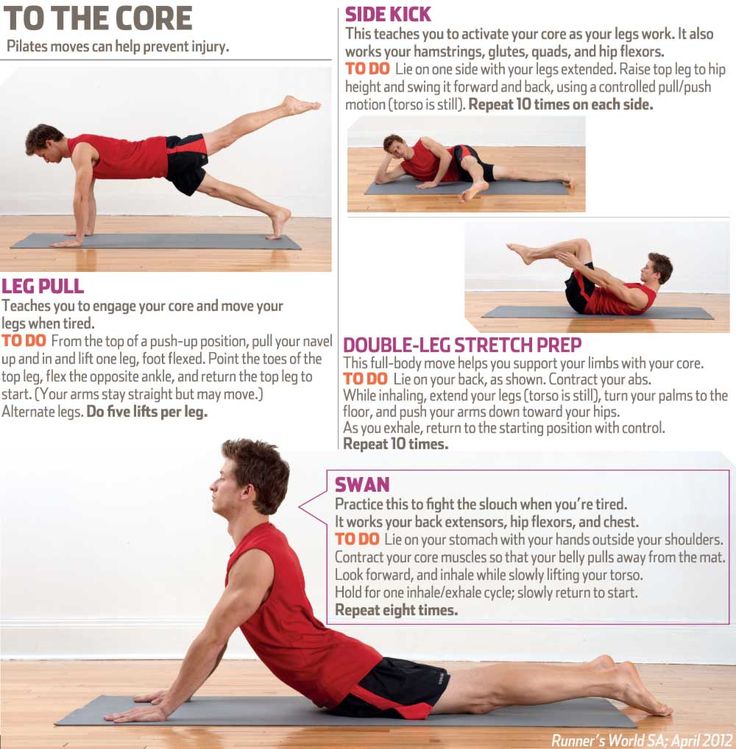 Cool Down Slowly
Cool Down Slowly After you finish your run, cool down a bit and then stretch thoroughly. Don't jump right into your car to get out of a workout quickly if you don't want to walk around with stuffed feet for the rest of the day. Cooling down and stretching allows lactic acid to be flushed into the bloodstream and then eliminated from the body.
Relax in a hot bath for effective recovery after running. This will warm up your muscles and bring them back to normal. Unfortunately, showers don't work that way, but a shower is still better than nothing if a bath is out of the question.
Lying on your back, lift your legs up and lean against the wall. This will help the circulation of fresh blood in your legs. When you get up you will feel it. Exercise can be done immediately after stretching or after a bath. Either way, you will notice the effect.
After a hard workout, one of your two meals should be a solid protein meal to help your muscles recover.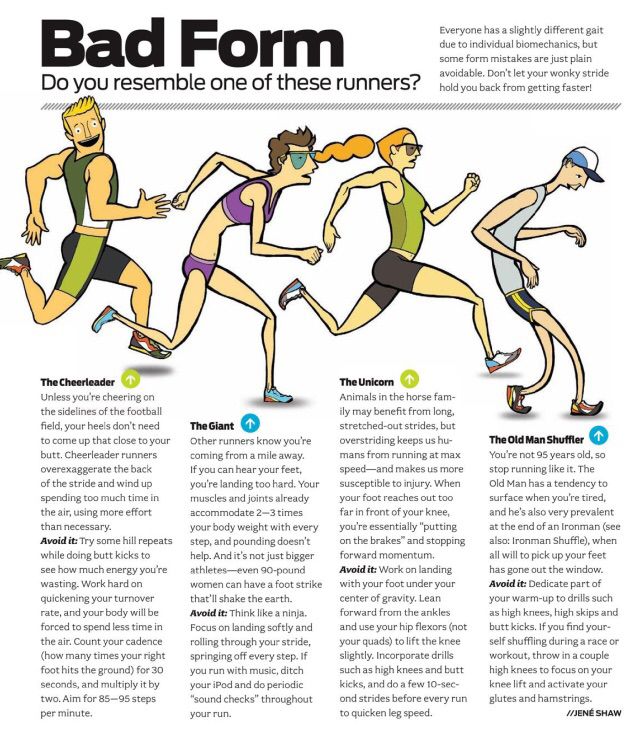 Add green salad and fresh vegetables to it to replenish the body with vitamins and minerals.
Add green salad and fresh vegetables to it to replenish the body with vitamins and minerals.
No matter how much you run, you should drink water throughout the day. Eight to ten glasses of water, evenly spaced over time, are needed to replenish fluids lost during exercise. Do not drink all at once, do it throughout the day.
Danny Dreyer, founder of Chi Running
Read more about running and triathlon in our Telegram channel
Read more about running and triathlon in our Telegram channel
Health and love for sports are laid in childhood. It is at this time that you can and should instill in your child the basics of a proper lifestyle.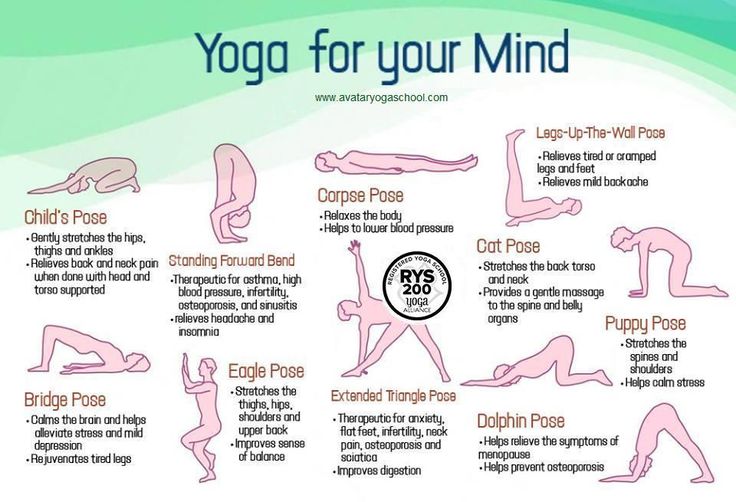 An important role in...
An important role in...
April 21, 2016 Sports and fitness
When we first start running, tingling in the side and shortness of breath appear long before our legs feel tired. However, over time, we learn to breathe correctly, our respiratory and cardiovascular systems develop, and already the legs can get tired before difficulty breathing appears. How to deal with this problem - says coach Jenny Hadfield (Jenny Hadfield).
Sometimes it happens that your legs start to lag behind your cardiovascular system. The coach requires you to run at a pulse of 160, and you are already running at 150 at almost your maximum pace. What to do? This can happen for a number of reasons, and the solution to the problem depends on what exactly is interfering with you.
You may have a very busy training schedule and run almost every day. Naturally, such a load and short breaks do not allow your body to fully recover, and while running you can feel either a surge of strength or exhaustion. In this case, it is better to reduce the number of runs, but improve their quality. For example, you can alternate between speed training, interval training, long distance running, and light recovery running. This gives extra time and allows your body to fully recover - the results of each subsequent run will improve.
Naturally, such a load and short breaks do not allow your body to fully recover, and while running you can feel either a surge of strength or exhaustion. In this case, it is better to reduce the number of runs, but improve their quality. For example, you can alternate between speed training, interval training, long distance running, and light recovery running. This gives extra time and allows your body to fully recover - the results of each subsequent run will improve.
For some people, the quality and performance of their training suffer greatly if they have to adjust to a particular pace rather than running based on how their body feels. For example, a pace of 6 min/km is comfortable for you. But then you moved to a new place or went on vacation to another country, got tired on the road and did not get enough sleep, however, according to the training schedule, you should run at that pace. Of course, your legs won't be able to carry you at that speed for long.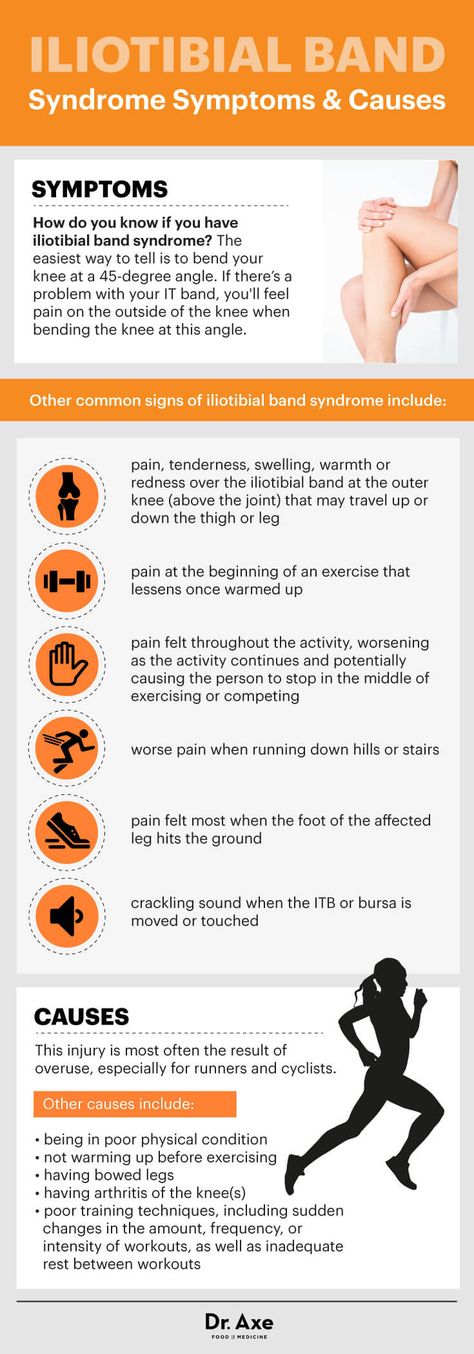 In this case, they will definitely get tired before at least the first signs of shortness of breath appear.
In this case, they will definitely get tired before at least the first signs of shortness of breath appear.
What to do? Let go and let your body adjust to a comfortable pace. If you race yourself according to the schedule, and not according to how you feel, it will not help you run faster and better prepare for the competition (and usually the time to deviate from the schedule is precisely during the preparation for races). Relax and run at a pace that is comfortable for you for now, then rest well and catch up on your next workout.
If your running schedule is full of work and no fun, your muscles will get tired and have no time to recover. It's like if you constantly gouge the wall in one place, and then wonder where the hole came from.
You can alternate not only the types of training, but also the track on which you run. It will be very useful for your legs to change running on asphalt to soft grass or a path and test your strength in running on sand.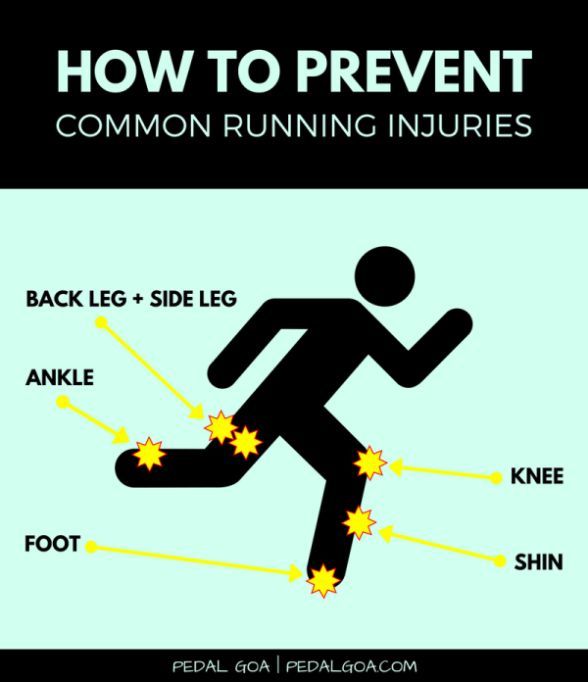
Also, you should remember that the harder you have to give all the best, the shorter the workout should be. For example, you typically run 6 km at a pace of 5 min/km (average easy pace). If you decide to accelerate and accelerate to 4:45 min./km, then first you need to reduce the distance to 4 km. Otherwise, your legs will definitely get tired faster. If you want to speed up, you will have to close the distance and focus on the speed and quality of training.
Some people don't know when to stop. It seems to them that if they stop running even for a short period or reduce the number and complexity of training, they will definitely lose shape. In fact, they are more likely to lose it due to an injury received during exhausting training, and not because of rest. Even after a distance like a half marathon, many trainers advise waiting three weeks before returning to your standard training and mileage. Rest and recovery periods are essential, even if you are just actively running, and even more so after the competition!
Incorrect power supply can also become a hindrance.